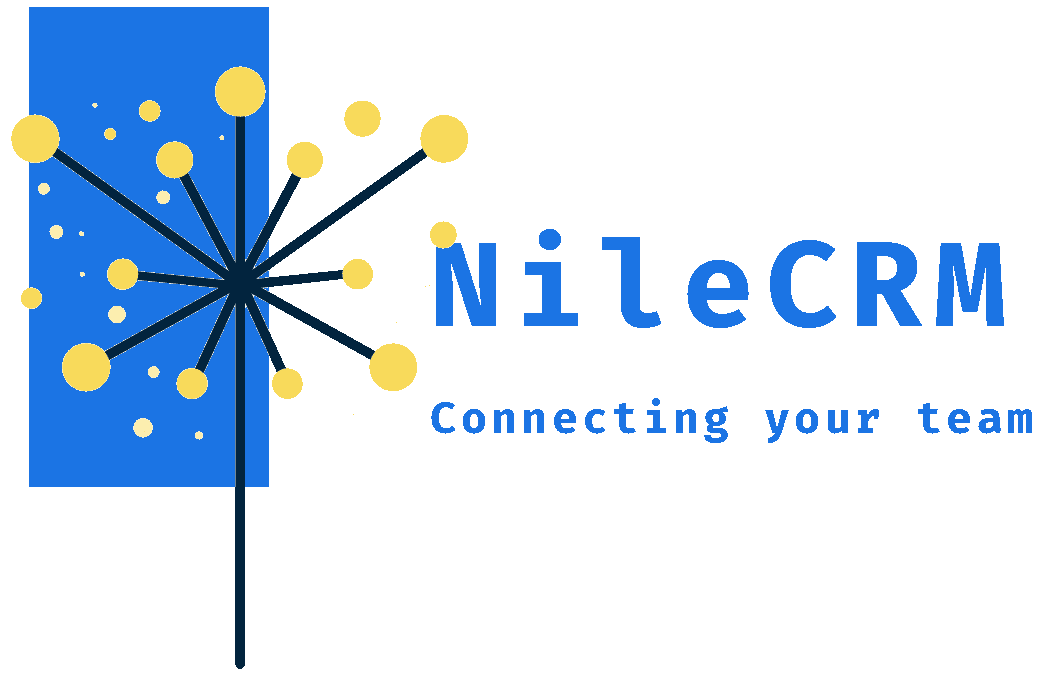In today’s highly competitive pharmaceutical market, companies are continuously
seeking ways to optimize operations, reduce costs, and improve customer satisfaction—
all without compromising the quality of their products. At the heart of these efforts lies
an efficient and well-structured supply chain. Understanding the definition of supply
chain management and recognizing its cal role in the pharmaceutical sector is key to
achieving these goals.
What is Supply Chain Management in reference to ACSM (Association for Supply
Chain Management)
The supply chain encompasses all activities associated with the flow and
transformation of goods and services from raw materials stage through the end user as
well as the associated information on flows.
It consists of 5 main elements:
- Demand planning: responsible for forecasting and demand management
- Supply planning : responsible for production planning and managing inventory levels for raw material to WIP and finally FG
- Procurement: responsible for sourcing , negotiations, SRM and procuring services and needed materials
- Warehouse: responsible for managing the the inventory through WMS
- Logistics: responsible for freight management , customs clearance, and other related activities in addition to the reverse logistics process.
Supply chain management is therefore not just about “moving products”it is a strategic
cross functional vital role that is engaged in the strategic goals of the pharmaceutical
company.
The pharmaceutical supply chain is unique. Why?
Because we deal with various factors, for example, and are limited to:
- Regulatory Compliance: heavily regulated, with strict guidelines for manufacturing, storage, and distribution to ensure product quality and safety.
- Product Sensitivity: Pharmaceuticals are sensitive products that require specific storage conditions, such as temperature control, to maintain their potency and effectiveness
- Shelf Life: Many starting materials have a limited shelf life, which requires careful inventory management and timely delivery to prevent expiration.
- Complexity: Pharmaceutical supply chains often involve multiple products with multiple stakeholders, including manufacturers, distributors, wholesalers, and pharmacies, which can create complexity and challenges
- Security: Pharmaceutical products are often targeted by counterfeiters and thieves, requiring robust security measures to prevent diversion and theft.
- Product Life Cycle Management: Pharmaceutical products have a complex life cycle, from development to launch, peak sales, and eventual decline, which requires careful supply chain planning and management.
- Global Supply Chain: Some products might be manufactured, stored, and distributed across multiple countries and regions that require special care.
- Patient Safety: The pharma industry has a direct impact on patient safety, making it essential to prioritize product quality, safety, and efficacy.
- Data Management: the industry uses large amounts of data, including product tracking and inventory management, which require effective data analytics and
- Risk Management: We are vulnerable to various risks, including supply chain disruptions, product quality issues, and regulatory non-compliance, which requires effective and strict risk management strategies.
- Continuous Improvement: The pharmaceutical industry is constantly evolving, with new products, technologies, and regulations emerging, which requires supply chains to be agile and adaptable.
- Complex product portfolios: including prescription drugs, OTC, and biotechnology products.
- Variable demand patterns are influenced by factors such as seasonality, epidemics, and changing regulations.
and much more,,,
Because of these factors, a unique blend of knowledge, precision, agility, transparency,
and risk management is needed.
The Role of Supply Chain in Achieving Company Goals
Pharmaceutical companies operate with a delicate balance between profitability and
responsibility. Patients’ lives depend on the quality and availability of their products. At
the same time, companies must remain financially healthy to invest in research and
development (R&D), marketing, and expansion. A strong supply chain helps in achieving
these objectives in the following ways:
- Cost Reduction and Profit Maximization
One of the main goals of any business is to increase profitability. In the pharmaceutical industry, supply chain optimization offers a major opportunity to reduce operational costs by streamlining procurement, manufacturing, and distribution processes that can significantly cut waste, reduce inventory carrying costs, minimize production downtime, and lower transportation expenses. Efficient supply chain practices such as strategic sourcing allow pharmaceutical companies to save millions of dollars annually. These savings can be reinvested into R&D, leading to further innovation and competitive advantage. Moreover, a well-managed supply chain can improve cash flow by reducing the amount of capital tied up in inventory, getting payment facilities, and ensuring faster, more reliable delivery cycles. - Maintaining and Enhancing Quality
In pharmaceuticals, quality is non-negotiable. Every product must meet strict safety and efficacy standards and regulatory compliance. A well-managed supply chain ensures that raw materials are sourced from reliable, certified suppliers and that manufacturing processes adhere to Good Manufacturing Practices (GMP). Storage and distribution must also be tightly compliant with GDP. Compliance must be embedded at every stage of the supply chain, from supplier audits Compliance must be embedded at every stage of the supply chain, from supplier audits and in-process testing during manufacturing to final product inspections and postmarket surveillance. By ensuring regulatory compliance, companies not only protect patient health but also shield themselves from costly recalls, regulatory fines, and reputational damage. - Regulatory Compliance
Pharmaceutical supply chains must comply with a web of international, national, and local regulations. From the FDA (U.S. Food and Drug Administration) to the EMA (European Medicines Agency),WHO (World Health Organization)and beyond, compliance is critical.
An effective supply chain ensures proper:
Documentation: Maintaining accurate and complete documentation.
Training: Providing training to personnel on regulatory requirements.
Audits and Inspections: Conducting regular audits to ensure compliance .
Quality Management: Ensuring product quality and integrity.
Risk Management: Identifying and mitigating risks.
Modern supply chains incorporate technologies like blockchain, serialization, and electronic batch records to enhance transparency, and compliance is maintained across the board. traceability — ensuring compliance is maintained across the board. - Risk Management and Business Continuity
Disruptions in the supply chain related to natural disasters, geopolitical issues, pandemics, or supplier failures can have catastrophic effects on pharmaceutical companies. A resilient supply chain includes contingency planning, multiple sourcing strategies, safety stock policies, and agile logistics arrangements that can prevent the company from any undesirable effect. The COVID-19 pandemic was a real-life stress test for global pharmaceutical supply chains, and it was the starting point for SC worldwide emerging. Companies that had invested in digital supply chain technologies, diversified their supplier base, and established strong partnerships were able to navigate the disruptions better than those that did not. Thus, risk management through supply chain resilience is a direct contributor to long-term profitability and sustainability. - Faster Time-to-Market
Speed is critical, especially when dealing with life-saving medications, vaccines, and new therapies. An efficient supply chain reduces time lags between development, production, and market launch. Early and strategic involvement of supply chain experts in the R&D phase can help design products that are easier and cheaper to manufacture and distribute. This accelerates the commercialization process and allows companies to capitalize on market opportunities quickly. In conclusion, a well-managed supply chain is crucial to ensure the delivery of high-quality, safe, and effective products to patients. By prioritizing supply chain excellence, pharmaceutical companies can reduce costs, improve efficiency, and enhance patient outcomes. As the industry continues to evolve, it’s essential for companies to invest in supply chain innovation, technology, and talent to stay ahead of the curve.











